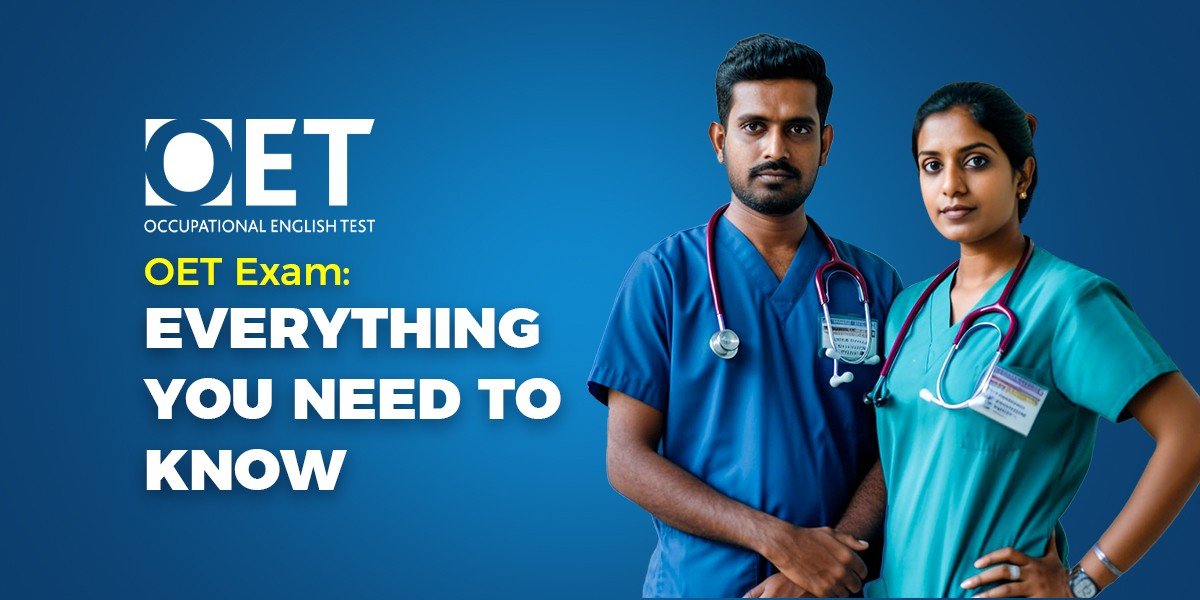Structure of the OET Exam
The OET covers all four language skills with an emphasis on communication in a healthcare environment. The test is available for 12 different healthcare professions, including medicine, nursing, dentistry, pharmacy, and physiotherapy, among others. The test reflects the tasks of healthcare settings and includes the following components:
- Listening (approximately 45 minutes) : Consists of two parts with health-related spoken materials such as consultations and lectures.
- Reading (60 minutes) : Comprises two parts involving reading of health-related texts like patient consultations and informative documents.
- Writing (45 minutes) : Specific to each profession, involving writing a referral letter, discharge letter, or similar documents based on case notes.
- Speaking (approximately 20 minutes) : Involves role-plays specific to the candidate’s profession, where the candidate takes their professional role while the interlocutor plays a patient or client.
Scoring
The OET uses a grade scale from A (highest) to E (lowest) for each of the four sub-tests. Most recognizing bodies require a minimum of B grade in all four skills to consider the candidate’s language competency as adequate for professional registration.
Purpose and Usage
The OET is specifically designed for healthcare professionals who need to demonstrate their English language proficiency in a professional context. It is accepted by various regulatory healthcare bodies as evidence of the ability to communicate effectively in healthcare environments, fulfilling registration requirements which often include proof of English language skills.
Preparation
Preparation for the OET involves understanding the specific format of each part of the test and practicing with materials that reflect the real-life tasks a healthcare professional might face. Many candidates attend preparatory courses offered by language schools, utilize official OET preparation materials, or engage with online platforms and study groups.
Test Availability
The OET is available in over 40 countries, with test dates offered up to 14 times a year depending on the location. Registration for the test can be done online, where candidates can also find information on test dates, locations, and preparation materials.
Benefits
For healthcare professionals, the OET is beneficial because it assesses language communication skills directly relevant to their profession, which can aid their integration into the workplace and ensure they can provide effective and safe care. It also helps employers by ensuring that their staff have the necessary language skills specific to their professional context.
Overall, the OET is a practical and relevant assessment tool for healthcare professionals seeking to work in English-speaking healthcare environments, ensuring they can communicate effectively in their field of expertise.


